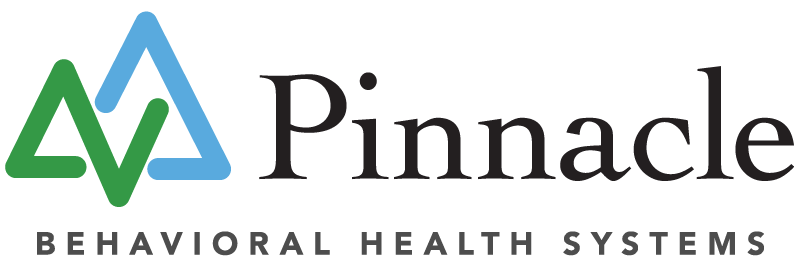Admissions

-
Initial Assessment
The first step in the admission process is usually an initial assessment. This may involve a phone call or an in-person meeting with an intake coordinator or counselor. During this assessment, the individual seeking treatment will discuss their substance use history, current situation, and treatment goals.
The intake coordinator or counselor may ask questions to gather information about the individual’s substance use patterns, any co-occurring mental health issues, medical history, and social support system.
Based on this assessment, the intake coordinator will determine the appropriate level of care for the individual, whether it’s residential treatment, outpatient treatment, detoxification, or another program.
-
Verification of Insurance and Financial Arrangements
Once the initial assessment is completed and the appropriate level of care is determined, the next step typically involves verifying insurance coverage and arranging financial details.
The intake coordinator will work with the individual to verify insurance benefits and determine any out-of-pocket costs associated with treatment.
If the individual doesn’t have insurance or if their insurance doesn’t cover the full cost of treatment, the intake coordinator may discuss alternative payment options, such as self-payment plans, sliding scale fees, or financial assistance programs.
-
Admission and Orientation
After insurance and financial arrangements are sorted out, the individual will be scheduled for admission to the addiction program.
On the day of admission, the individual will undergo a formal intake process, which may include completing paperwork, signing consent forms, and receiving an orientation to the program.
During the orientation, the individual will learn about the program’s rules and expectations, treatment modalities offered, schedule of activities, and available support services.
Depending on the program, there may also be a physical examination and drug/alcohol testing as part of the admission process to ensure the individual’s safety and well-being during treatment.
